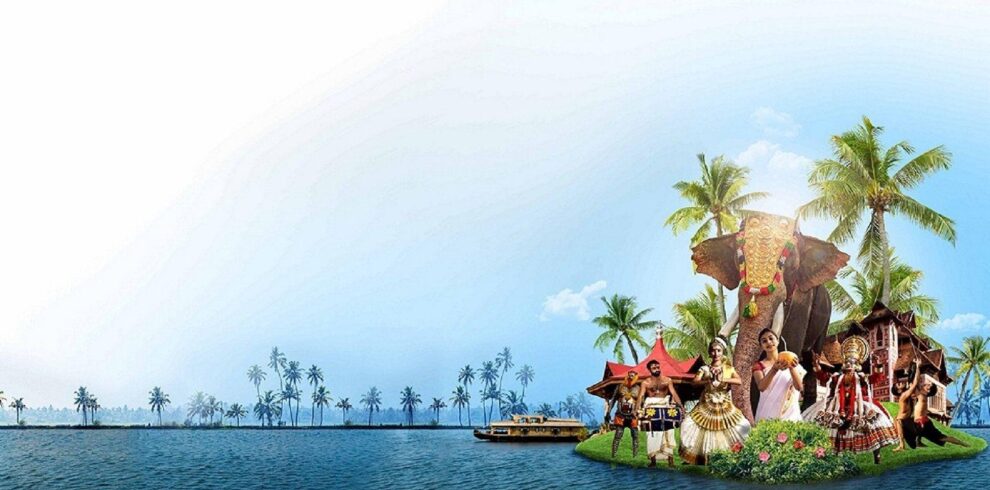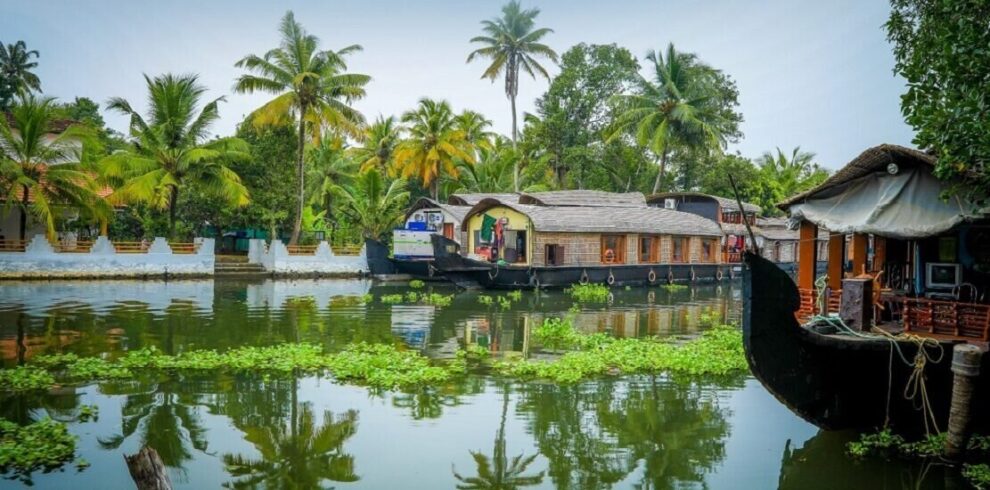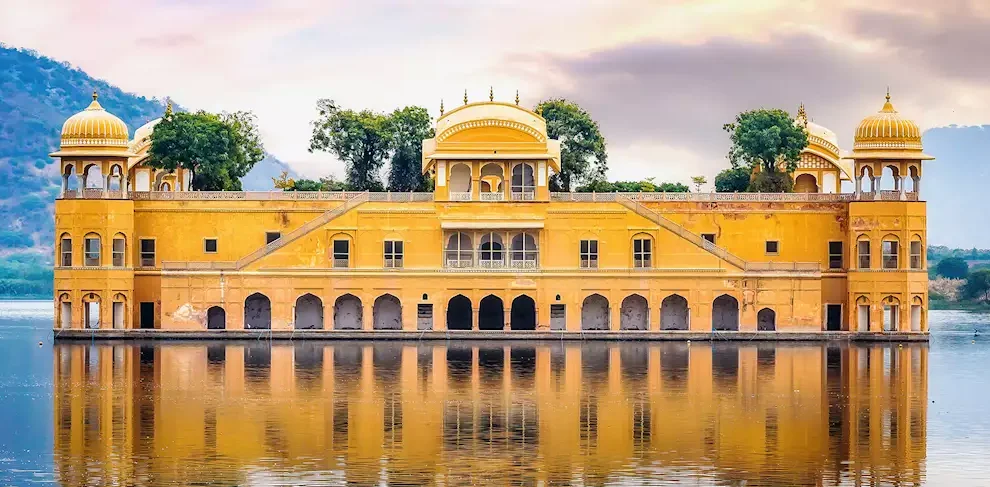- 0
- 3
- 0
- 1
- 1
- 0
- 1
- 1
- 1
- 1
- 0
- 1
- 0
- 1
- 4
- 4
- 2
- 1
- 1
- 1
- 4
- 2
- 3
- 4
- 1
- 1
- 1
- 1
- 1
- 2
Kerala
Kerala vacations
Honey-gold beaches, meandering backwaters, aromatic spice gardens and elephant encounters on your visit to one of India’s most laid-back states.
In 1341, flooding refashioned Kerala’s coastline — the Periyar River changed its course, islands were submerged, and new ones were born. Little-known Cochin was transformed into a natural seaport, attracting the attention of traders looking to export spices and refugees seeking a safe haven.
Today’s Kerala bears witness to the Portuguese, Dutch and British colonialists who vied for control of Cochin, each leaving their mark. Beyond the trading capital, Kerala’s coast is a patchwork of paddy fields, coconut trees, mangroves, marshes and interlinking backwaters. Progressing inland, the Western Ghat mountains play host to a large concentration of elephants and Indian bison. The mountain slopes are interspersed with tea and spice plantations — their bounty nurtured by seasonal monsoon rains. Our specialists know Kerala inside-out and can suggest the best ways to explore the tapestry of landscapes that define it.
Cochin marks its cultural diversity with heady spice markets, Chinese fishing nets, trading warehouses, Jewish synagogue and Christian churches. Inland, you could head to some of the world’s highest tea estates and tackle walking trails ranging from short tea-field wanders to peak-conquering hikes. Wildlife enthusiasts could search for elephants in Periyar Wildlife Sanctuary. You could cruise Kerala’s backwaters by houseboat, or relax on honey-gold beaches on the Malabar coast, watching the sunset over the Indian Ocean.

- Jan
- Feb
- Mar
- Apr
- May
- Jun
- Jul
- Aug
- Sep
- Oct
- Nov
- Dec

- Jan
- Feb
- Mar
- Apr
- May
- Jun
- Jul
- Aug
- Sep
- Oct
- Nov
- Dec

- Jan
- Feb
- Mar
- Apr
- May
- Jun
- Jul
- Aug
- Sep
- Oct
- Nov
- Dec

